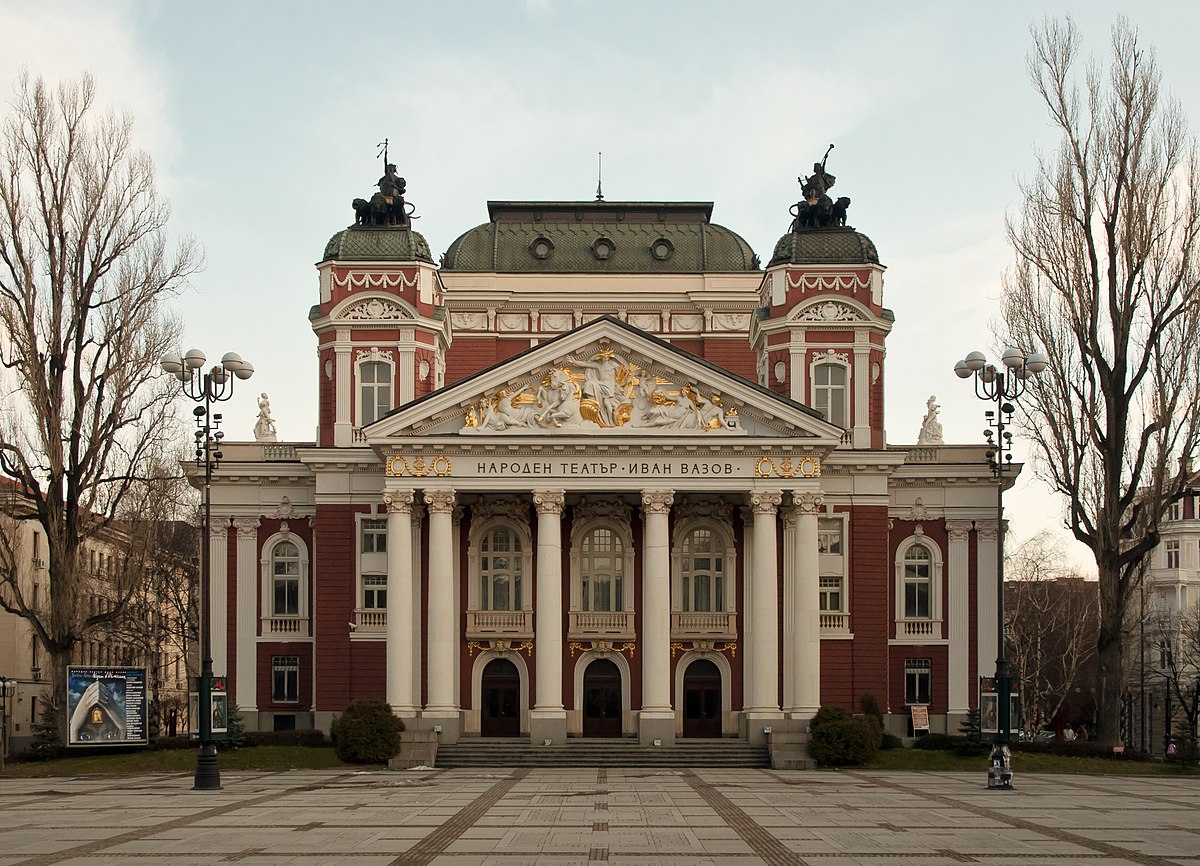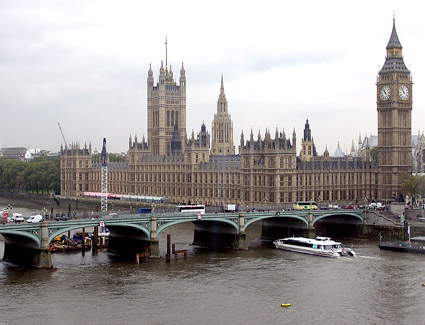Sofia, Bulgaria -Europe
By Milena Alexova
Every city has its own beautiful and exciting history. We will introduce to you the sides of the capital of Bulgaria – Sofia. It is the largest city in Bulgaria and its motto is “Grows but does not age.” The city has a 7000 year history. Therefore, a unique mix of cultural layers, including all peoples who left their mark on this land - by the Thracian tribe Serds in Macedonians under Philip II and Alexander the Macedonian, Roman Trajan, Attila's Huns, the Bulgars of Khan Krum Byzantines, Crusaders, Ottomans temporary Russian rulers Battenberg monarchs, Ferdinand and Boris, the Nazis and the communist government, until today.
For cultural sightseeing, we shall begin with presenting you one of the oldest churches in Bulgaria – the church “St Sofia”. It is built in the IVth century. The city is carrying its name, because during the XIVth century it was very popular. Side of the church you can find the Monument of the Unknown Soldier and the grave of Ivan Vazov – classic poet and writer. “St Sofia” depicts the coat of arms of the city.
Built in 1906 by Viennese architects in neoclassical style, is the National Theatre ‘Ivan Vazov.’ It is the biggest theatre in Bulgaria and is also an architectural symbol of Sofia. It has an impressive facade is six columns supporting a triangular pediment on which depicts Apollo with the Muses of the arts. Moreover, it goes under the name of the famous Bulgarian poet and writer who we already introduced - Ivan Vazov.
Another influential building in Sofia is the National Art Gallery which is very close to the National Theatre ‘Ivan Vazov.’ The National Gallery is created in 1948. It is situated in part of the former princely palace of Alexander Battenberg. It is made in order to exhibit the most valuable works of Bulgarian artists and sculptors.
If you are a booklover, the right place for you to visit it Square ‘Slavejkov.’ This is an open bookstore where you can find everything - from books and textbooks to CD's and video games. It is named after the Bulgarian writer, journalist and politician Petko Racho Slavejkov.
Last but not least are the museums. There is a wide variety of museums depending on what your preferences are. For example, you can visit the National Museum of Military History – a military, research and educational institute; the National Museum ‘Earth and Man’ – a mineralogical museum with over 20 000 exhibited crystals and minerals from all over the world; National Anthropological Museum where you can find many reconstructed images of
Picture by wiki
By Milena Alexova
Every city has its own beautiful and exciting history. We will introduce to you the sides of the capital of Bulgaria – Sofia. It is the largest city in Bulgaria and its motto is “Grows but does not age.” The city has a 7000 year history. Therefore, a unique mix of cultural layers, including all peoples who left their mark on this land - by the Thracian tribe Serds in Macedonians under Philip II and Alexander the Macedonian, Roman Trajan, Attila's Huns, the Bulgars of Khan Krum Byzantines, Crusaders, Ottomans temporary Russian rulers Battenberg monarchs, Ferdinand and Boris, the Nazis and the communist government, until today.
For cultural sightseeing, we shall begin with presenting you one of the oldest churches in Bulgaria – the church “St Sofia”. It is built in the IVth century. The city is carrying its name, because during the XIVth century it was very popular. Side of the church you can find the Monument of the Unknown Soldier and the grave of Ivan Vazov – classic poet and writer. “St Sofia” depicts the coat of arms of the city.
Built in 1906 by Viennese architects in neoclassical style, is the National Theatre ‘Ivan Vazov.’ It is the biggest theatre in Bulgaria and is also an architectural symbol of Sofia. It has an impressive facade is six columns supporting a triangular pediment on which depicts Apollo with the Muses of the arts. Moreover, it goes under the name of the famous Bulgarian poet and writer who we already introduced - Ivan Vazov.
Another influential building in Sofia is the National Art Gallery which is very close to the National Theatre ‘Ivan Vazov.’ The National Gallery is created in 1948. It is situated in part of the former princely palace of Alexander Battenberg. It is made in order to exhibit the most valuable works of Bulgarian artists and sculptors.
If you are a booklover, the right place for you to visit it Square ‘Slavejkov.’ This is an open bookstore where you can find everything - from books and textbooks to CD's and video games. It is named after the Bulgarian writer, journalist and politician Petko Racho Slavejkov.
Last but not least are the museums. There is a wide variety of museums depending on what your preferences are. For example, you can visit the National Museum of Military History – a military, research and educational institute; the National Museum ‘Earth and Man’ – a mineralogical museum with over 20 000 exhibited crystals and minerals from all over the world; National Anthropological Museum where you can find many reconstructed images of


